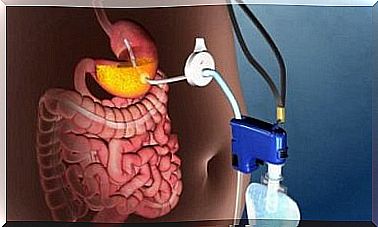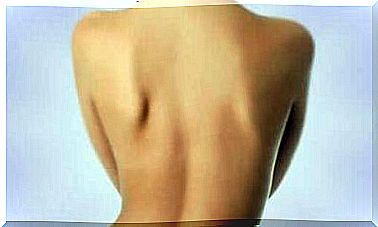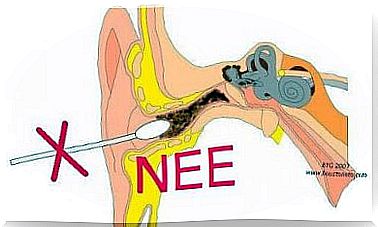Rectus Diastasis: How Can You Fix It?

Rectus diastasis or abdominal separation is a gap between the abdominal muscles. It occurs when the muscles lose their tension and the tissue that holds them together becomes damaged.
The human body consists of several organs which are divided into:
- digestive system
- respiratory system
- nervous system
- circulatory system
- skeleton
- muscle system
Among the muscles that cover the body are the abdominal or rectus muscles that are located in the abdominal cavity of the trunk.
Two vertical, parallel parts make up the rectus muscles. They are attached to the linea alba. This is a collagen-filled fibrous structure that runs from the sternum to the pubic bone.
Different forms of rectus diastasis
When a woman goes through a pregnancy, her belly normally grows anywhere from 7 to 35 centimeters in a 9 month period. Therefore, the abdominal muscles stretch and can cause two different types of rectus diastasis.
Anatomical Diastasis
The first case is when the abdominal muscles tear and cause a bulge in the visceral area. This type of rectus diastasis develops as a result of physical activity.
Functional diastasis
Another case of rectus diastasis occurs when the abdominal muscles separate. In these cases, the abdominal area becomes very fragile and medical attention is required.
Consequences of rectus diastasis
Some of the consequences that can occur during pregnancy include:
- Pelvic floor loses firmness, which can lead to prolapse, urinary incontinence, and constant pelvic pain, among other things.
- Bulge in the middle of the abdomen that appears during exercise.
- Weak protection of the internal organs.
- Looseness and sagging in the abdominal area.
- Burning sensation, poor digestion and a heavy feeling in the abdomen.
- Backache.
- Umbilical hernia, inguinal hernia or abdominal hernia.
Abdominal muscles often separate or stretch during pregnancy. If you think you may be suffering from this condition, you should make an appointment with a medical specialist. You can try the doctor’s advice along with the following suggestions.
Solutions for rectus diastasis
Let’s start at the beginning. A person who has a rectus diastasis may have an incomplete recovery from this condition. This is because the abdominal muscles have undergone major changes. As a result, they can no longer regain their former strength. Some of the best ways to strengthen your abs include:
- a little exercise
- specific exercises
- rectus diastasis splint
- a healthy diet
- strengthen pelvic floor
We will explain these ways further below.
A little exercise
Avoid picking up things on the floor, such as coins, pens or other small objects. This causes pressure on your abdominal area. In addition, try to stop getting out of bed while supporting yourself on one side.
Specific exercises
Hypopressive abs exercises help restore the affected area and strengthen your abs. You should ask a specialist for advice, because these are not traditional abdominal training.
Rectus diastasis splint
Splints are available specifically designed for the treatment of rectus diastasis. Keep in mind that they are not intended for long-term use.
healthy diet
Eat healthy and avoid constipation as much as possible. That then helps to spare your abs and pelvic floor when going to the toilet.
Strengthen your pelvic floor
Before pregnancy, you should try to strengthen both your abs and your pelvic floor muscles. For example, there are special exercise routines you can follow that will prevent this medical condition from getting worse.
If the dilation between your abs is getting worse, there are other solutions available such as:
- physiotherapy
- electrostimulation
- abdominal surgery
Rectus Diastasis Recommendations
While this condition is an unavoidable problem, there are some recommendations you can try to minimize the separation of the abs:
- First of all, avoid lifting heavy objects during pregnancy.
- In addition, use as little force as possible during your daily activities.
- Eat ample amounts of protein and also plenty of vitamin C.
- In addition, make sure you drink plenty of water every day.
We would also like to mention that some women develop this condition during pregnancy or even during childbirth. The above recommendations can help treat the symptoms of rectus diastasis.
It is a medical condition that requires care, but not all women get it. So, try to enjoy your pregnancy without worrying much about it. Try to enjoy this special time in your life!








